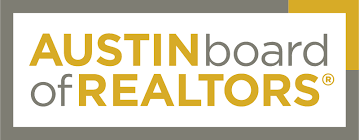Why Buyers & Sellers Trust Brandon Holley and Holley Homes Realty
Local Expertise You Can Count On
With years of experience helping clients across Austin, Buda, Kyle, Dripping Springs, and surrounding Central Texas communities, Brandon knows every neighborhood, every builder, and every market shift — giving you an edge whether you’re buying, selling, or building new.
Proven Results, Backed by Numbers
With 150+ successful transactions and 465+ hours of advanced real estate education, Brandon brings the strategy, negotiation skills, and market insights needed to help you buy smarter and sell for more.
Dedicated to Your Success
At Holley Homes Realty, your goals come first — always. Brandon takes a personalized, hands-on approach, ensuring you’re informed, supported, and confident at every step of the process.











